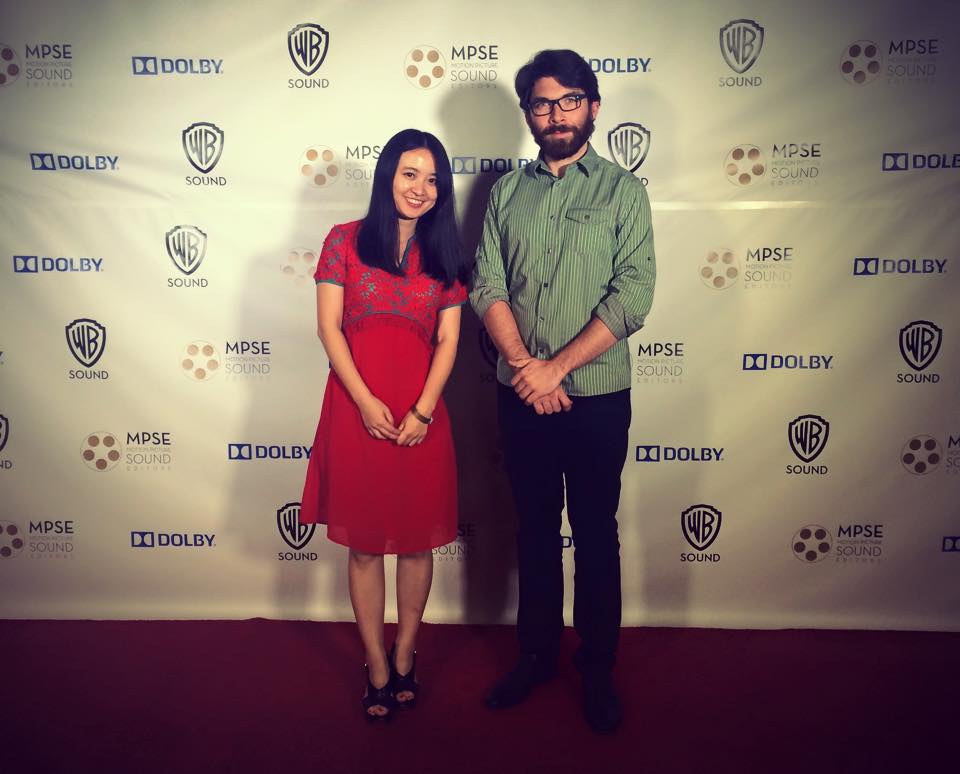 USC alums Veronica Li and Peter Bawiec attended the 2015 MPSE Golden Reel Awards in Los Angeles.
USC alums Veronica Li and Peter Bawiec attended the 2015 MPSE Golden Reel Awards in Los Angeles. There’s many industrious, creative forces that converge in spearheading the stalwart efforts required to create motion pictures and television. Writers lay the foundation, directors command the creative execution, producers marshal together order needed for filming and actors transpose into alternate personas to carry out the visual storytelling medium.
And that’s merely the scratching the surface.
Uniting to form a well-oiled machine are many indispensable professionals who specialize in imperative filmmaking processes and functionality. From stunt performers, to hair, make-up and wardrobe, to dialect coaches, set designers, editors, composers, cinematographers and many more, there exists a faction of exceptional professionals who pump to life the heartbeat of any given production.
It’s in this capacity where standout sound designer Veronica Li excels and has positioned herself in elite status. Li, from Changchun, China, is an intuitive talent and the owner of a catalog of venerable achievements. While audiences behold the front facing performances of actors, it’s the sound that indirectly, but inherently serves as the connective tissue tying together the viewing experience.
Li has been instrumental in award-winning sound design behind the Bubba McLean-directed short film, “Bicycle and a Way of Life” and writer-director Melanie D’Andrea’s documentary, “Stand.” Her filmography includes many impressive titles such as the Student Academy Award-winning documentary — “Looking at the Stars” — that tells the inspiring story of a Brazilian ballet school for the blind. Li’s list of achievements in sound are present with other film titles including director Guan Xi’s award-winning “Mandala,” as well as Michael Bay’s “13 Hours: The Secret Soldiers of Benghazi” (Paramount Pictures) and Columbia’s recently released “The Shallows” that stars Blake Lively, which debuted with a $17 million opening weekend at the box office.
Recently, we had the opportunity to sit down with Li for an exclusive question and answer session where she gave us the scoop on her methods, artistry and experiences. We invite you to enjoy our behind the scenes look into the work of one of today’s premier sound designers.
How would you summarize your role and responsibilities as a sound designer for film and TV?
VL: During pre-production, a sound designer can start making design ideas for a project's signature sounds. During production, the sound designer sometimes works with the production sound team to collect production sounds for later use, like certain unique environment sounds, rare prop sounds and so on. And also, we sometimes start to pull sound effects based on the script, building the sound library for picture editors or even working on some scenes for their assembly or rough cut to use to make the picture more presentable. A sound designer's main duty starts in post-production. Oftentimes the sound designer title is for lead sound effects editor in charge of creating sound effects for the movie or part of the movie if there're multiple sound designers. Working closely with the picture department, we fulfill the sound design works for each version of the picture cut and we often work on the project until the end of the re-recording mix.
When did it all get started for you? What were some of your early projects and inception into the business?
VL: I always had passion for filmmaking since I was little. I did my undergrad as a film study major. It wasn’t about sound at first, but in my senior year in college when Randy Thom was giving a sound design tutorial at the first Beijing Film Festival, I realized how important and amazing sound design could be. Later I came to USC where they had one of the best sound departments among film schools, and I really started to focus on learning the craft and decided to make it my career.
You received your masters degree in film from USC, an institution that’s home to an enormous list of filmmaking figures and legends such as George Lucas and Brian Grazer. What did your time at USC mean to your professional career?
VL: It meant a lot to me. It was at USC that I started learning sound design and fell in love with it. I started from zero and USC equipped me with the skills that I could start to work professionally. All the professors at USC are so knowledgable and helpful. And the students I’ve worked with at school are very inspiring and we are still working on projects together after school.
Who are some influences and favorite filmmakers?
VL: I always like David Lynch’s films. Alan Splet and Ann Kroeber’s sound works on those films are always inspiring.
What are the traits a great sound designer must possess?
VL: I think sound design is like any other elements involved in moviemaking — they’re all powerful tools to tell stories. So I think just like for every filmmaker, it’s important for sound designers to understand and feel the story of their projects. And of course, besides that, it’s important to have good sensibilities of sound too. and be curious about life, cause oftentimes inspiration comes from sound from everyday life.
How do you inject those qualities into your sound designs?
VL: I always start thinking about my sound design from the story of the project, and when I explore for a while or get stuck at some point, I would always go back to the story and that usually gives me the answer.
In filmmaking, there seems to be many stories of how certain sounds are creatively recorded, produced and made for use on screen, for example the igniting and clash of lightsabers in “Star Wars.” Has there been an instance where you designed a unique sound that tested your creativity?
VL: There was a sound design class at USC. A lot of the class exercises were about creating unique sounds with normal everyday objects. I remember I created a whole sound story about an old castle that haunted by this women/cat monster with my vocal. There’re so many plug-ins and modification software that you can use that you’ll be surprised about what you can do with just one normal sound.
What’s the biggest challenge that you’ve faced on any one production and how did you overcome it?
VL: There are no easy movies. It could be as complicated as the buoy or shark sounds in “The Shallows” or sometimes it could just be simple footsteps approaching. In “Mandala,” when the main character is walking towards this old lady who is supposed to be the love of her previous life, we spent a lot of time in foley recording, in editorial and mixing. We tried to make those footsteps work for the story and emotion.
What is one thing audiences would never expect that is present within the work that goes into sound design?
VL: I guess background sound is one of them. They are ambience sounds that will make the location feel more real and sometime helping to convey a certain mood. They’re supposed to be unnoticeable and only to let the audience feel.
What’s that collaborative process like? How do you work closely with the other creatives who champion the movies you’ve been a part of?
VL: I really enjoyed my work experience with Melanie D’Andrea, the director of “STAND” and “South Arcadia St.” For all the projects we’ve worked together, all of them were totally creative and fun experiences. Melanie has so many cool ideas and fully trusts me and the power of sound design. For certain elements, we would just talk and bounced ideas back and forth until something came out of it that often times surprised both of us.
Let’s talk about a few of your projects. You’ve been working on the team at E² Sound Studio, a company that’s delivered sound for the Oscar-winning picture, “Argo,” as well as “13 Hours,” “Transformers” and “Kung Fu Panda.” How do you guys maintain such a high level of success with many of the most recognizable, recent movies coming out of Hollywood?
VL: I’ve joined E² in more recent months. But I’ve already been amazed by how far they’ll push for sound design. I think the trick is to keep digging and exploring until you are convinced that it’s the best you can do. It may sound easy, but given consideration of the intense circumstances and the short time that post can usually get, it’s actually super hard to do.
What was your experience working on “13 Hours?”
VL: I recorded part of the group and wild ADR for the project. It was fun and I’ve learned a lot. We recorded a lot of wild ADR on Paramount’s lot with their exterior sets, so we could get the natural reverb between the buildings. And we’ve tested and set up different mics, and different arrangement of recording positions so we could get variations and make sure the recordings will suit the scene properly.
You mentioned working on “The Shallows” that just opened this past weekend. That’s a new addition to the creature feature genre about Blake Lively’s surfer character who is terrorized by a great white shark just off shore at a deserted beach. It would seem to me that type of isolated survival tale set in the water and absent with common amounts of dialogue would lean heavily on sound design. What stood out to you in working on the film?
VL: It’s a really hard film when it comes to sound design. The structure of the story is really simple and only includes very limited sound elements in the film, so every single element become very important and needs to be very specific and contain enough variations that won’t bore the audiences.
How does the sound design enhance the viewing experience for “The Shallows?”
VL: It enhances the movie a lot. The majority of the film is shot in stage in a tank, so the entire ocean feel is solely created by sound design.
What was the approach in delivering the sounds associated with the water, waves and the underwater shots?
VL: Water sound is one of the most difficult things for this movie since the entire movie is set in the sea. It’s hard enough to make the waves sound natural and match the visual. There cannot be a single wave that sounds unnatural. It’s even harder when you have to keep the ocean sound real throughout the movie and also try not to bore the audience.
How does the sound design relative to the shark attack and to the shark itself make the movie especially emotion-stirring?
VL: I think for the shark it’s a balance about when to hold back, play the suspense and when to release its power! Make it really loud and scary. And the team spent a lot of time to explore for shark moves, pass bys and of course shark bite sounds. We wanted it to sound real first because that would be most scary, but also sound powerful enough, especially for the shark bites towards the end. It needs to be believable and have enough impact, and also needs to work with music and cut through all the other sound elements.
You’ve got a pair of awards on your achievement list. What was your experience in creating the needed sound for “Bicycle and a Way of Life” and “Stand?”
VL: “Bicycle and a Way of Life” includes a lot of chase scenes between police cars and bikes. It was my first experience of cutting for car action scenes and I’ve learned a lot from it — how to edit sound for different parts of the car and what to emphasize to deliver the speed and excitement.
“Stand” focuses on the specific dance form of krumping, so music and sound is of critical importance to a movie like that. How would you describe your approach for your work on “Stand?”
VL: Yeah, matching the rhythm of the dance moves and work with music. It blurs the boundary between sound design and the score. That was the focus of “STAND.”
What was your initial reaction upon learning about the story behind “Looking at the Stars?” It sounds like a rather fascinating tale and I can’t think of another film about a ballet school for the blind.
VL: I was so moved by the first rough cut that the director Alex showed me. I’ve never seen a better first cut during my time at USC. Right away I knew that I had to work on this project.
Inspiring audiences seems to be chief among the motivations of that story. How does that impact your job as sound designer? What’s the approach?
VL: I guess I tended to design it with a subjective approach, so audience could see the film from the point of view of the dancers.
How would you pitch the story of “Mandala” and what was your goal in sound designing for this award-winning film?
VL: It’s a story about Helena, this talented NYC painter, struggling to come to terms with the loss of her lover, Paul. Stuck and drowning in these memories and fragmented images of her past, she meets a mysterious Tibetan monk who shows an interest in her work. His temple will even buy all of her unsold paintings if she partakes in a special ‘commission’ in Tibet.
To contrast and connect the sound environment between NYC and Tibet was always one of mine and Guan Xi’s focuses. When we are in NYC we hear typical, probably a little bit exaggerated city noise: traffic, pedestrians, sirens, etc. And in Tibet, we deliberately emphasize sound from nature: wind, river, animals, etc and Tibetan Buddhism instrument sounds. Luckily, I communicated with the production sound team from early on, so they could help me to collect a lot of ambience sound during production period. And we also got connected to a local Tibetan lama here in Los Angeles and recorded a lot of Tibetan Buddhism instrument sounds to use in the score as well as my sound design.
In addition to contrasting NYC and Tibet, we also wanted to connect the two worlds, giving a hint of Tibetan element in the NYC environment since Helena is someone who belongs to Tibet, but is currently trapped in the city. For example, we decided to use a very subtle Tibetan music cue whenever we saw Helena’s Tibetan painting. Another example is when she and Lobsang Lama passed by each other on the city street. The passing by car horns gradually changed to Tibetan musical bells, as if Tibetan is calling from inside of Helena.
What achievement are you most proud of to date specific to your career as sound designer?
VL: I guess I’m just happy that I and my clients too are satisfied with all the works I’ve worked on so far.
How do you spend up your free time when not working on movies?
VL: Reading and watching more movies…and I like traveling too, if I have time.
What’s next up for you?
VL: I’m about to work on a film called “The Mad Whale,” a co-production between James Franco’s Elysium Bandini Studios and USC’s School of Cinema Arts. It’s about a women’s mental asylum in 1894 Boston. It will be a fun
challenge to work on a period piece with an interesting story like this.
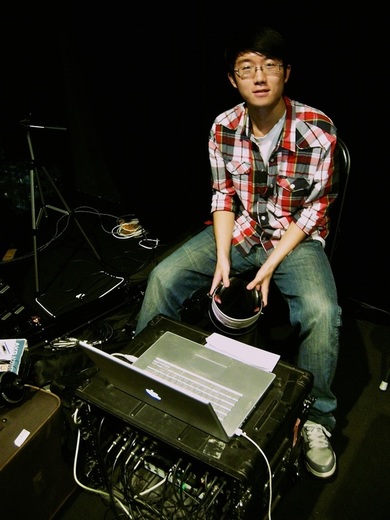
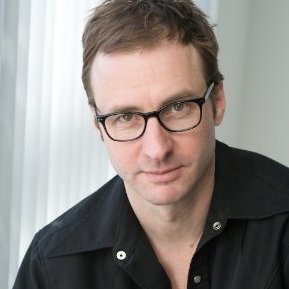
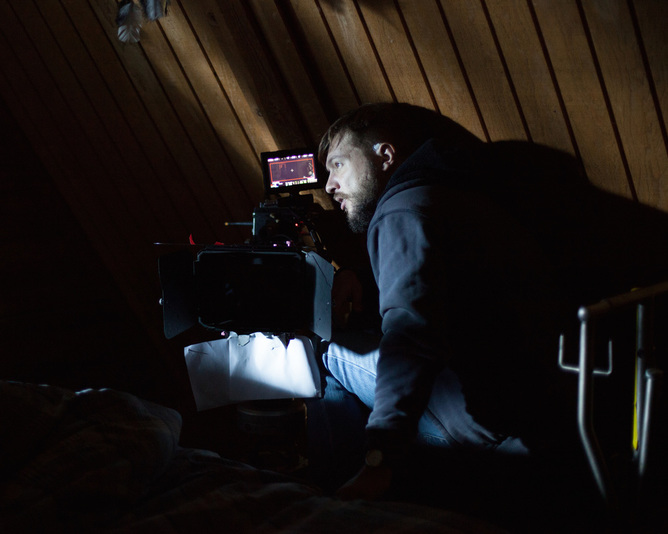
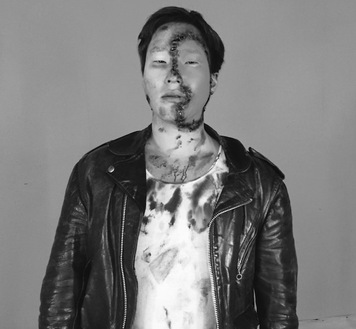
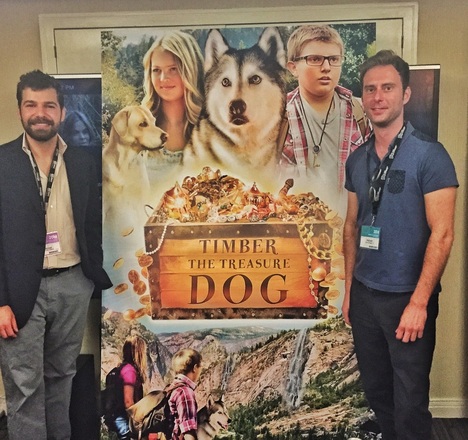
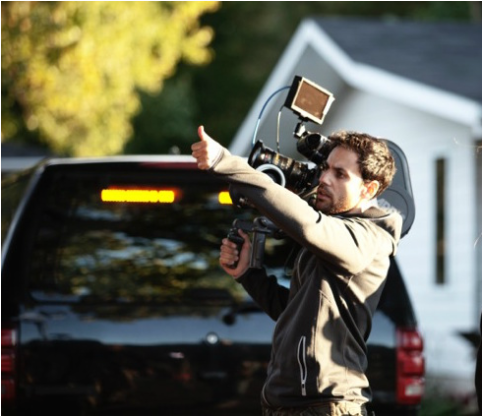
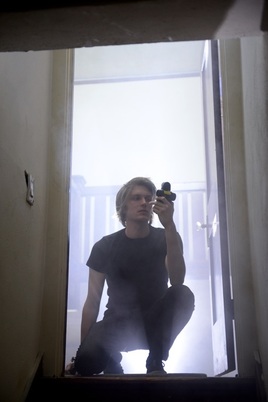
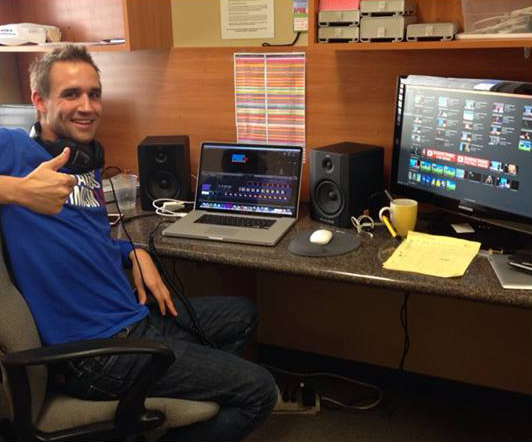
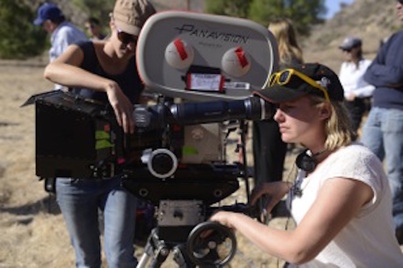
 RSS Feed
RSS Feed
